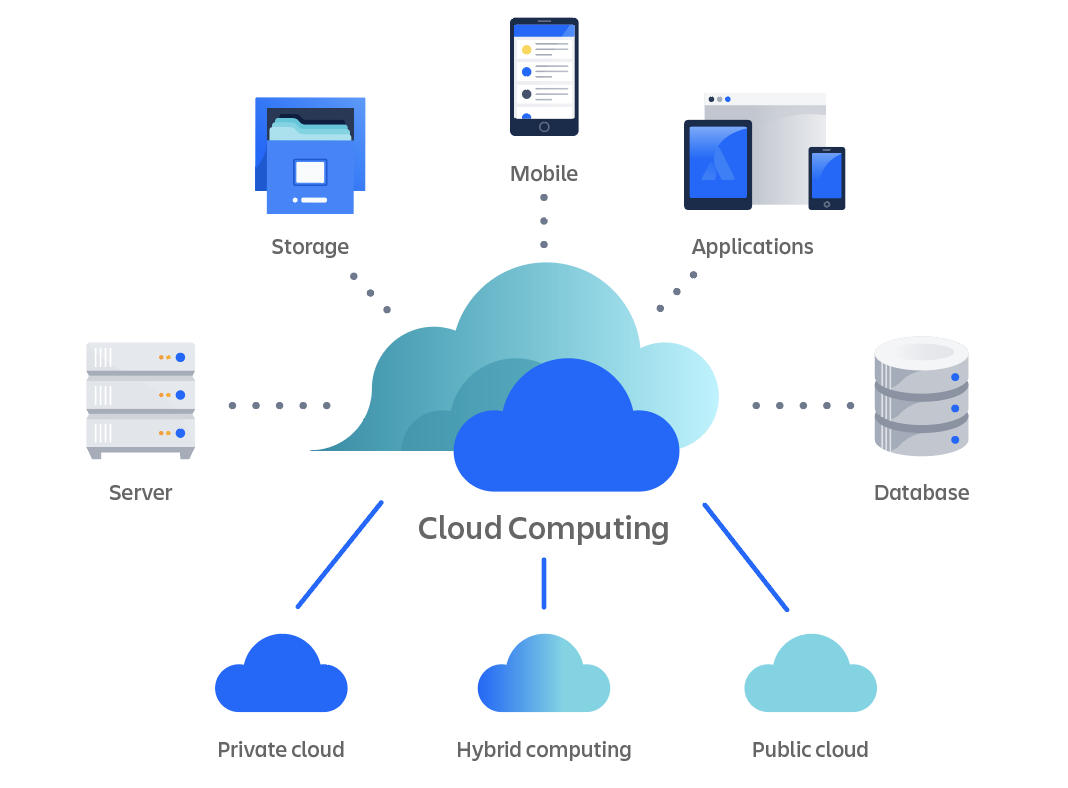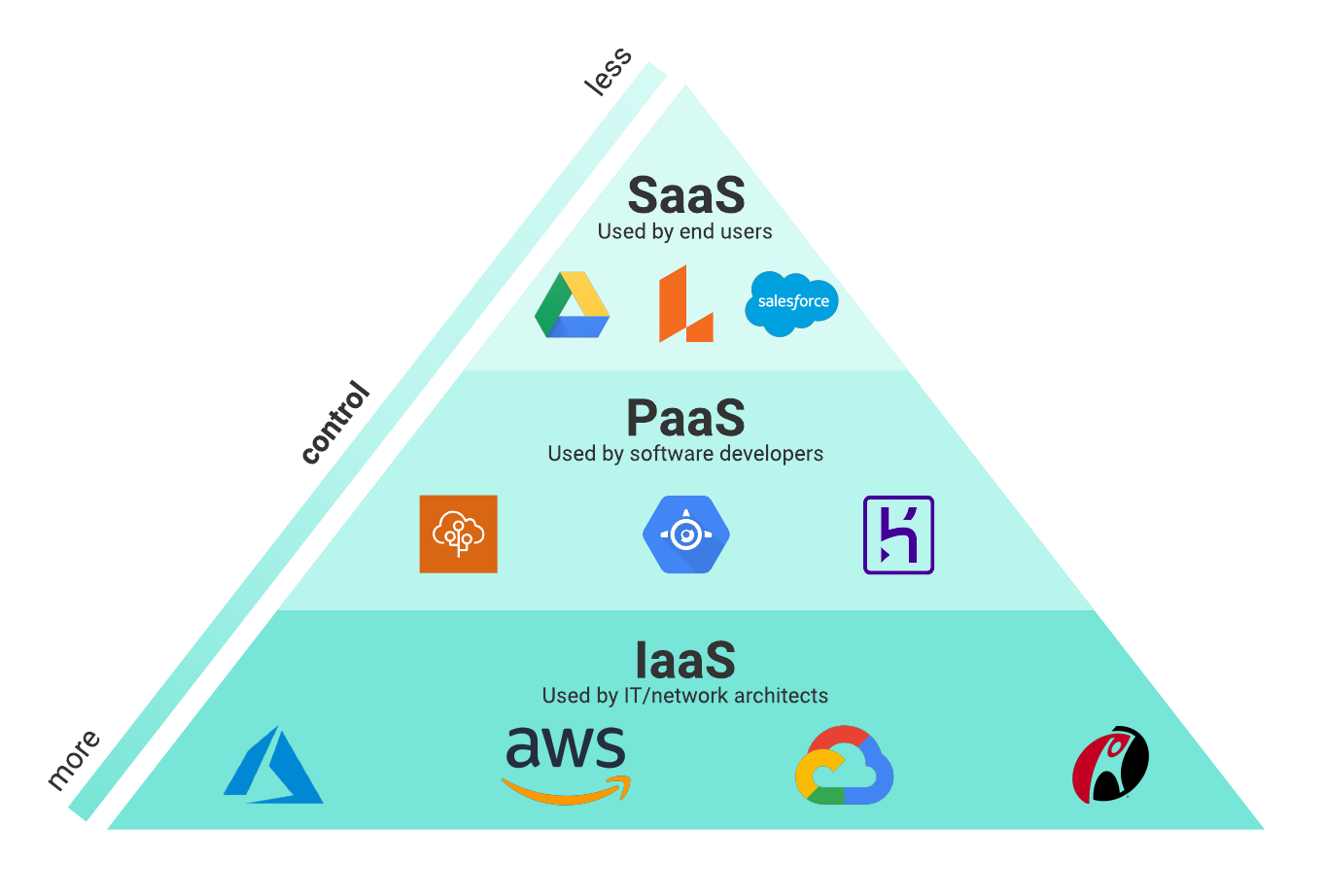Increase Your Online Visibility with LinkDaddy Cloud Services: Effective Techniques for Cloud Services Press Release
Wiki Article
Simplify Your Framework With Cloud Services
As organizations navigate the ever-evolving landscape of modern technology and information management, the function of cloud solutions in streamlining framework has actually ended up being increasingly noticeable. How can businesses properly navigate this transition and genuinely open the possibility of cloud services for streamlining their framework?Advantages of Cloud Provider
Cloud services provide a structured approach to handling IT framework, offering companies with scalability, flexibility, and cost-efficiency. One of the key benefits of cloud services is the scalability they use.Additionally, cloud solutions remove the requirement for companies to purchase costly hardware and software application. This cost-efficiency is a substantial advantage, especially for small to medium-sized business seeking to decrease upfront prices. By utilizing cloud services, companies can access top quality IT resources without the substantial rate tag related to standard framework arrangements.
Additionally, cloud services supply organizations with the versatility to access their data and applications from anywhere with a net link. This level of ease of access improves collaboration among groups, allows remote work, and increases overall performance. The flexibility used by cloud solutions empowers businesses to adjust quickly to changing market conditions and consumer demands.
Price Financial Savings and Scalability
In addition to the operational benefits highlighted earlier, the integration of cloud services into a firm's framework generates substantial cost financial savings and improved scalability. Cloud solutions use a pay-as-you-go version, enabling businesses to range resources up or down based upon current requirements, consequently staying clear of the costs related to preserving excess ability. This flexibility allows firms to adjust promptly to rising and fall demands without sustaining unnecessary costs.Furthermore, cloud solutions remove the need for ahead of time investments in software and hardware, decreasing capital expenses. Operating costs are also reduced as companies no more require to take care of and maintain physical web servers, resulting in reduced power consumption and IT staffing prices. Additionally, cloud services provide automatic updates and upkeep, making sure that the framework continues to be current and protected without needing manual treatments.
Boosted Security Steps
Implementing rigorous safety and security measures is critical when incorporating cloud solutions right into a firm's framework to guarantee and protect delicate data conformity with sector laws. Cloud provider offer boosted security features such as data security, firewall protection, and multi-factor verification to mitigate cybersecurity risks. Security helps secure information both at rest and in transit, ensuring that only authorized individuals can access delicate info. Firewalls serve as an obstacle between internal networks and outside hazards, surveillance and regulating outbound and incoming network web traffic. Multi-factor authentication adds an extra layer of protection by requiring customers to supply multiple types of confirmation prior to accessing the cloud solutions.Furthermore, routine safety and security audits and conformity evaluations help determine vulnerabilities and make sure adherence to market criteria. Companies can additionally take advantage of functions like automatic security updates and real-time hazard tracking provided by cloud company. By prioritizing safety actions and staying aggressive in resolving potential dangers, companies can confidently utilize cloud solutions while securing their important data from unauthorized access or breaches.
Transitioning to Cloud Infrastructure
To effectively integrate cloud services into a company's framework, an organized strategy that deals with the change in the direction of cloud-based options is necessary. Transitioning to shadow framework involves cautious planning and implementation to guarantee a smooth migration process. The primary step is to evaluate the current framework and establish which applications and systems are suitable for migration to the cloud. This examination must think about variables such as data level of sensitivity, compliance demands, and efficiency needs.As soon as the assessment is complete, a migration technique should be established. This approach needs to detail have a peek at this site the timeline, sources, and duties for relocating each element to the cloud. It is necessary to connect this plan plainly to all stakeholders to guarantee alignment and minimize disturbances during the change.
Throughout the movement procedure, monitoring and screening are vital to identify and deal with any kind of concerns promptly. Routine checkpoints ought to be developed to track progression and make needed modifications. In addition, training for workers on making use of cloud solutions must be given to make certain a successful transition and make best use of the advantages of the new facilities.
Ideal Practices for Cloud Fostering
Effective fostering of cloud solutions rests on the strategic alignment of company purposes with technical abilities and organizational readiness. To ensure a smooth transition to the cloud, companies ought to begin by conducting an extensive assessment of their present framework and determining which work are best matched for cloud movement. It is important to include crucial stakeholders from different departments in the decision-making process to obtain buy-in and resolve any issues early on.An additional finest practice for cloud fostering is to prioritize safety and security and compliance. Organizations needs to carefully evaluate the protection measures supplied by cloud company and ensure that their data is secured according to market criteria and governing demands. Carrying out durable information security, accessibility controls, and routine security audits can aid minimize risks linked with cloud adoption.

Conclusion

As services navigate the ever-evolving landscape of innovation and data administration, the duty of cloud solutions in simplifying infrastructure has actually ended look at this now up being progressively popular - linkdaddy cloud services. How can companies efficiently browse this change and absolutely open the capacity of cloud services for simplifying their framework?
Cloud services provide a structured method to handling IT framework, giving services with scalability, cost-efficiency, and flexibility. By utilizing look at these guys cloud solutions, companies can access top quality IT sources without the hefty cost tag linked with traditional infrastructure setups.
To guarantee a smooth change to the cloud, organizations need to start by conducting a thorough assessment of their existing infrastructure and determining which workloads are best fit for cloud movement.
Report this wiki page